I don’t like to brag, but I drive a 2018 Honda Accord. It’s a very sweet ride. It’s turbocharged and fast—way faster than the Camaro IROC Z28 that the rich kids had in high school, faster even than the Mustang 5.0 that the richest kids drove. It’s got bells and whistles that even the super cars of the recent past couldn’t touch. Show me the even slightly older Lamborghini that connects to the supercomputer you carry in your palm and navigates you to every drivable location on the continent.
And it’s safe. It alerts me when I drift out of my lane. It tells me when I need coffee, and there are times when it’s so self-driving I could just sit there and let it take me down the interstate—if it didn’t use an annoying beep and flash to tell me to keep my hands on the wheel.
The Honda Accord is the very definition of a middle-class sedan, and yet it’s a wonder: a thing of remarkable performance and intelligence. It’s so capable that even the richest man in the world could not afford its equivalent in the not-so-distant past. And yet here they are, all over the road.
I bring up my sweet ride not to stir envy in those readers relegated to 2016 Camrys, but rather to point out a rather obvious fact. One of the great glories of the market is that technical innovation not only tends to trickle down, it expands. Modes of transportation reserved for the elite are adapted to the masses, and eventually the masses enjoy comfort, speed, and technology that older elites could never possess.
And that brings me, of course, to the billionaire space race. Yes, that’s a thing. It even has a Wikipedia page. Richard Branson launched himself into space in a cool civilian rocket plane (think of it as a higher-tech X-15). Jeff Bezos chose the Alan Shepard-style Mercury mortar shot, lobbing his own (also higher-tech) suborbital capsule into the outer-outer atmosphere.
But Elon Musk sits on the Iron Throne of private space flight, and laughs at the pretenders. Yesterday his company, SpaceX shot four civilians into space, into very high orbit, signifying an entirely new era of space travel. Really, one billionaire launched another billionaire, plus three other very fortunate regular folks. The New York Times has the details:
Jared Isaacman, a 38-year-old billionaire and founder of Shift4, a payments processing service, financed the trip. As the mission’s commander, he thanked those who made it possible, and said that it had brought him and the crew to the “door step of an exciting and unexplored frontier.”
Isaacman financed the trip and could have brought his pals (and if I were one of his best friends I’d be ticked off that he didn’t). But he opened up the trip:
The result is a mission that carries a crew that is more representative of wider society—Hayley Arceneaux, a 29-year-old physician assistant at St. Jude Children’s Research Hospital in Memphis; Sian Proctor, a 51-year-old community college professor who would be the first black woman to pilot a spacecraft; and Christopher Sembroski, a 42-year-old data engineer.
There are some folks who look at the enormous resources expended (Isaacman paid an undisclosed sum for the trip, but it was undoubtedly immense) and see nothing but decadence and elitism. Surely, they think, that kind of money can be put to better use. Isaacman is trying to use the trip to raise more money for St. Jude Children’s Research Hospital, but not every billionaire or millionaire in orbit will have charitable intent, nor will they all give away seats on the rides they buy.
And that’s just fine. There are at least two reasons why. First, Let’s go back to the Honda Accord effect. As I said above, elite innovation tends, in relatively short order, to be democratized and improved. From cars, to planes, to ships, to hotels, to our own homes, virtually every single mode of travel and luxury that we now take for granted started its life on this earth as a luxury enjoyed by a tiny few.
That’s the shallow reason why I’m excited. Sure, it would be amazing if one day my great-grandchild could enjoy a graduation gift of a safe trip around the moon. Or heck, maybe that’s the new version of a class trip. Go to Washington D.C. in eighth grade and skim over Tranquility Base in tenth—but be sure to use the super-zoom capability of your Apple Eye implant to get a close look at the Lunar Module.
(We can only hope the Apollo 11 Tranquility Gift Shop is a tasteful distance removed.)
But here’s the greater reason. We can start to dream again. No one doubts the remarkable technological developments of the modern age. I’m typing this newsletter on an airplane on an iPad that gives me instant access—at 35,000 feet!—to the sum total of human knowledge. (Well, near-instant access—this is Southwest Wi-Fi we’re talking about.)
The tools we’ve developed in the 52 years since the moon landing are dazzling, the stuff of science fiction. They have remarkable beneficial uses. Yet we also know the drawbacks. We’re hunched down. There’s such a thing as iPhone posture. Our devices can supercharge our narcissism and increase our anxiety. They can fuel decadence. The world’s greatest minds have designed miracle algorithms that precisely and perfectly deliver us . . . Dog videos and Tucker Carlson rants.
Ok, I’m sorry. The dog videos are cool. And I’m no Luddite. I don’t want to go back to the pre-iPhone era. I don’t want to unwind the information revolution. I look forward to new technologies and can’t wait until the moment when I’m able to slay virtual dragons or blast away at virtual zombies in an immersive VR experience. (It’s all training for the inevitable real zombie apocalypse, of course.)
But it’s past time to look up, to connect that part of human nature that puts a few dozen Puritans on a tiny wooden boat and sends them to an unknown land, to connect with the aspect of our humanity that glories in God’s creation and wants to experience as much of it as we can.
And if one of the people who helps bridge the gap between the giant government space bureaucracies of the Cold War and the next stage of human exploration into the “final frontier” is an eccentric South African-Canadian immigrant, a pot-smoking, pop star-dating, zillionaire car manufacturer? Well, what’s more American than that?
One more thing …
I’ve been thinking quite a bit about the Mark Milley scoop that set off cries of “treason” across the right-wing infotainment-industrial complex, and I have a simple two-word response: Investigate it. What did Milley say? On whose authority? And why?
The Woodward scoop set off a lot of alarm bells for me. It simply didn’t ring true, and further reporting has complicated the story, including this, from the Washington Post’s Josh Rogin:
According to several senior Trump administration officials I spoke with this week, the truth is more complicated than either Milley’s attackers or defenders admit. First of all, Milley was not freelancing—for the simple reason that the calls were not his idea. Then-Defense Secretary Mark T. Esper made the decision in mid-October 2020 to send a reassuring message to the Chinese military because of intelligence that China’s leadership was concerned about increased U.S. military activity in the South China Sea.
“Milley was absolutely not going rogue,” a senior Trump Pentagon official told me. “Esper took the initiative on this in October. Esper asked his own policy folks to backchannel the message. Milley’s message followed Esper’s.”
Again, there is much we don’t know. But it seems clear—as Rogin also reports—that by the end of the Trump administration, trust had broken down between the Pentagon and the president, and the consequences of that distrust not only played out in real time, they also are playing out now.
There is one thing I want to add, however. One of the most important questions any investigation should ask is, “What did Milley and Esper see that caused them to reach out to China?” Were American military movements really that alarming to the PRC? Did Milley and Esper overreact or properly react to perceived Chinese concerns?
Why does this matter so much? As I mentioned on the Dispatch Podcast yesterday, I’ve got a three-word answer: Able Archer ’83. That’s the name of a military exercise that (unbeknownst to the American public) represented one of the most dangerous moments in the Cold War. The short story is that senior leaders in the Soviet Union misinterpreted American military exercises as a prelude to a nuclear first strike.
In 2017 Slate published a comprehensive account of the incident. It begins like this:
One of the Cold War’s great mysteries is how the world survived the second week of November 1983.
That it did is in large part thanks to the actions—or, more accurately, the inaction—of an Air Force officer named Leonard Perroots, who died this January. That it almost did not was a function of Ronald Reagan’s rhetorical and military bellicosity, the Soviets’ fear of that aggressiveness, and a tragicomic degree of misperception. At no other point in history had two nations devoted the level of human, financial, and technical resources that the United States and the Soviet Union did to sussing each other’s intentions. And yet their confusion remained so total that the Soviets mistook a NATO war game for the prelude to an actual attack, even as Reagan thought he was doing his utmost to pursue peace.
I’d urge you to read the whole thing, along with a more recent Tom Nichols thread about the incident, analyzing recently declassified documents:
At any rate, Able Archer ’83 helps answer a question I’ve seen quite a few people ask—why would American generals communicate with their hostile counterparts? Why would they say they’re not going to strike? The answer is simple: No nation wants to blunder into war, and that’s especially true when your adversary is a nuclear-armed superpower.
Yes, let’s investigate the incident thoroughly. The public needs to know what happened in the White House and Pentagon in those fraught months when trust broke down. But let’s not draw any conclusions quite yet. As Josh Rogin notes, there’s a wide gap between traitor and savior, and the chances are that Gen. Milley falls somewhere in-between.
One last thing …
You know you wanted to see the Inspiration4 launch. Here it is, in all its nighttime glory:
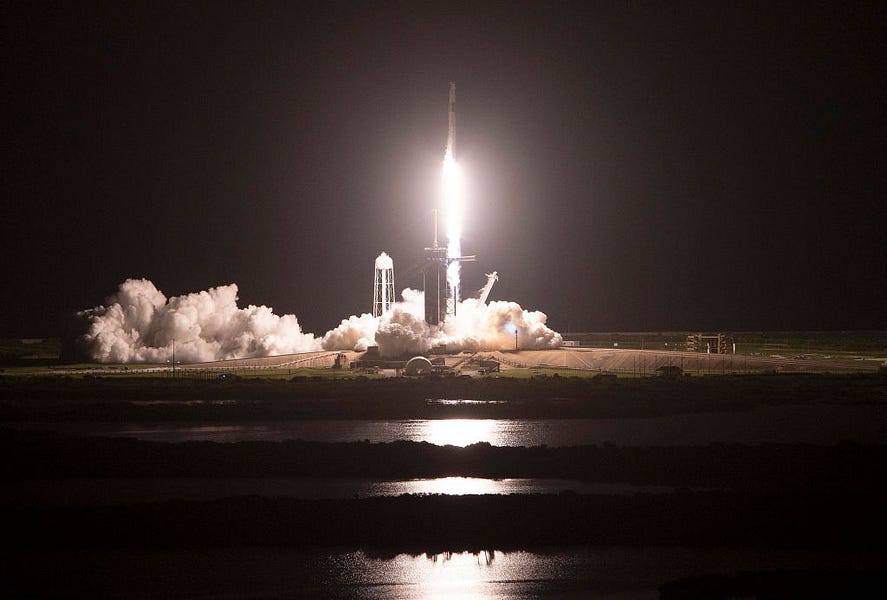
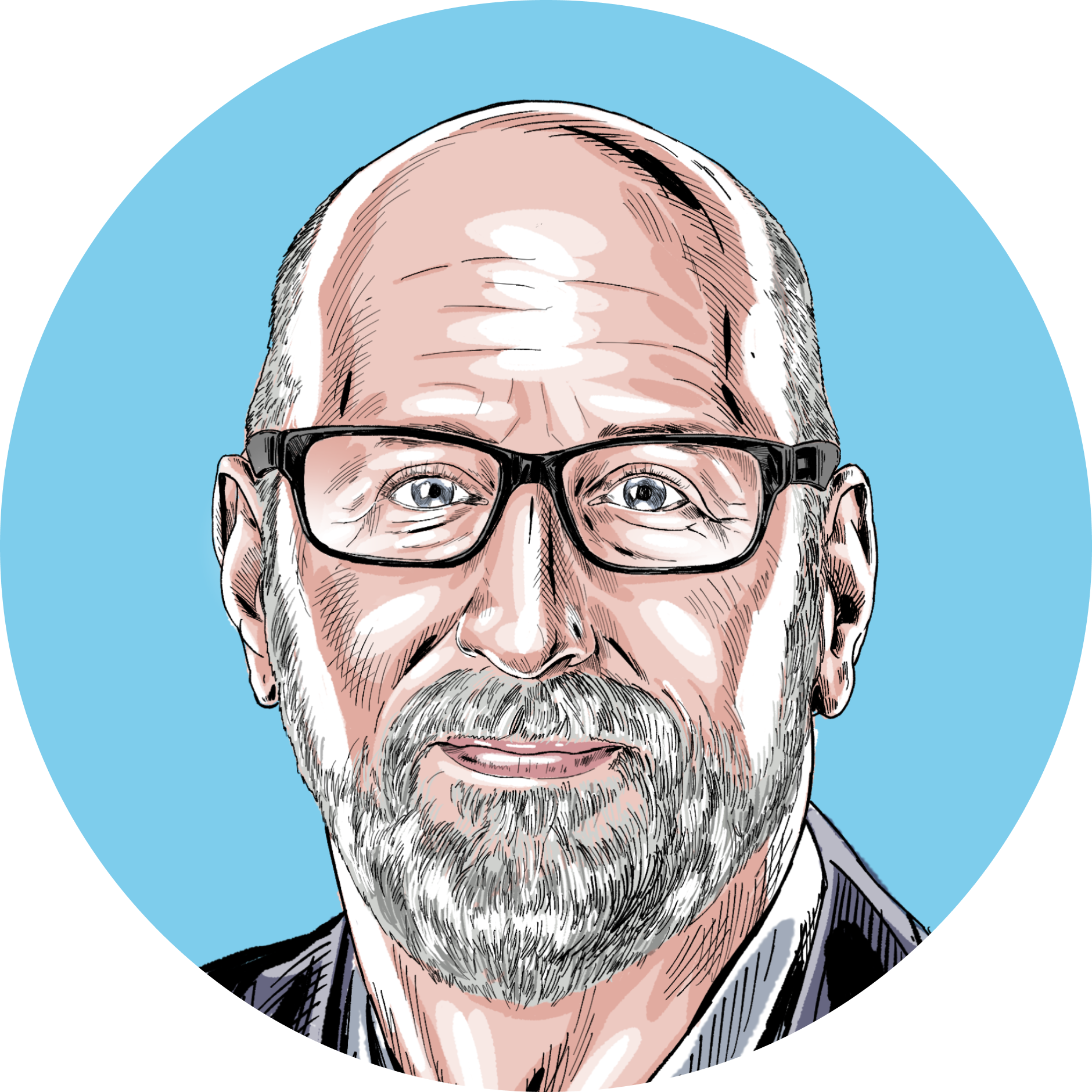

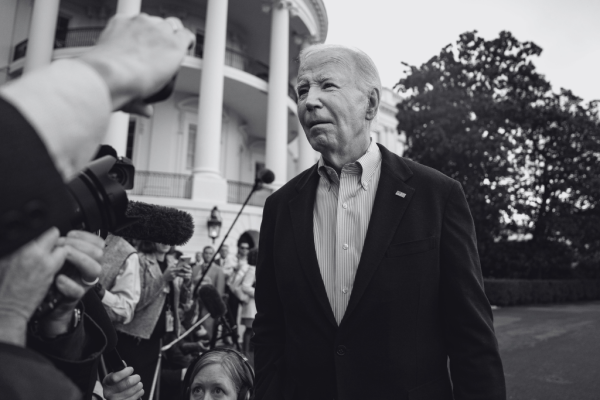
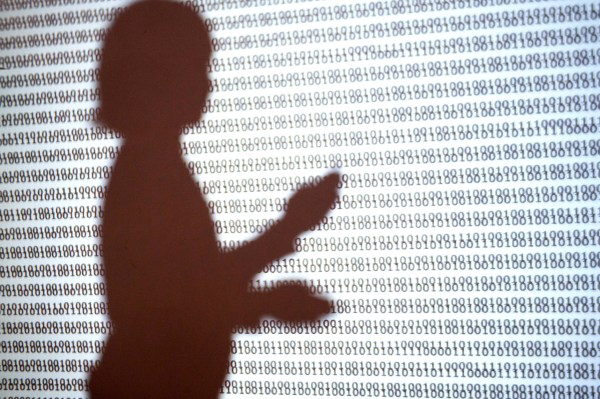
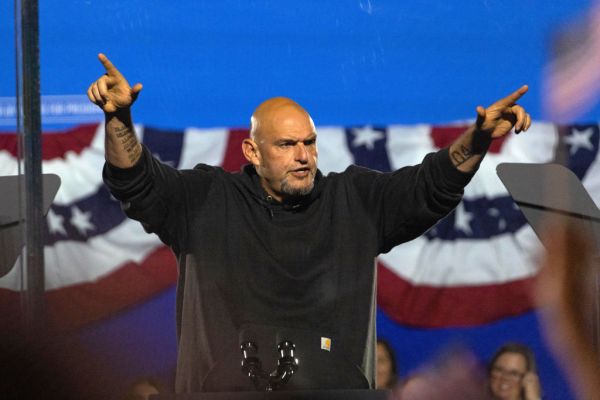

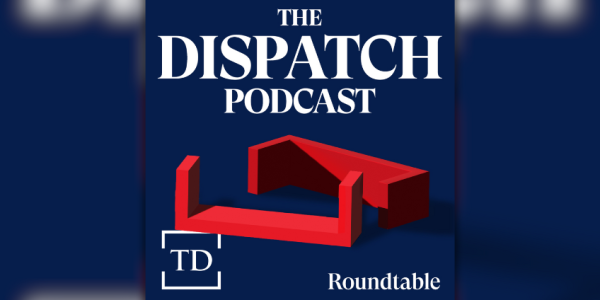

Please note that we at The Dispatch hold ourselves, our work, and our commenters to a higher standard than other places on the internet. We welcome comments that foster genuine debate or discussion—including comments critical of us or our work—but responses that include ad hominem attacks on fellow Dispatch members or are intended to stoke fear and anger may be moderated.
You are currently using a limited time guest pass and do not have access to commenting. Consider subscribing to join the conversation.
With your membership, you only have the ability to comment on The Morning Dispatch articles. Consider upgrading to join the conversation everywhere.